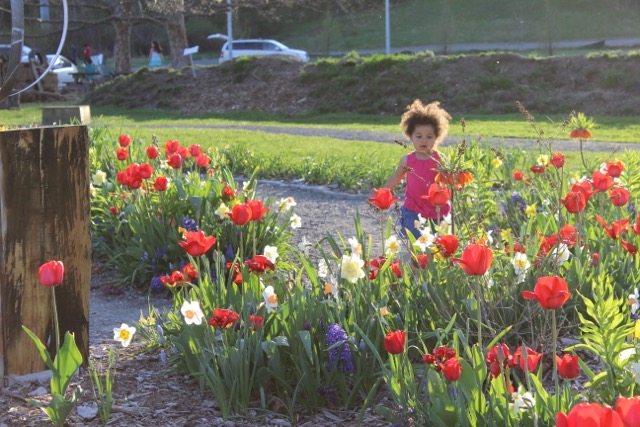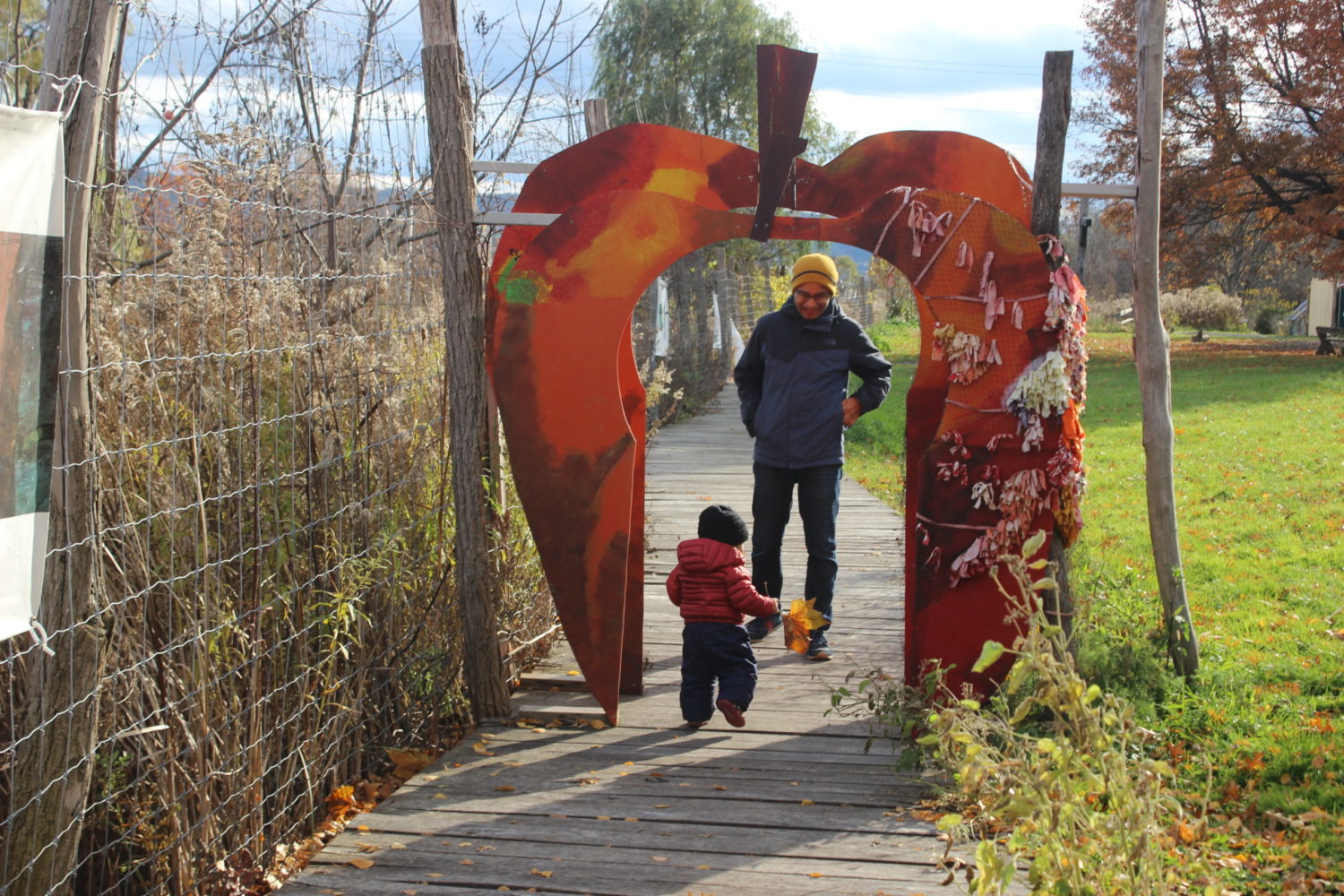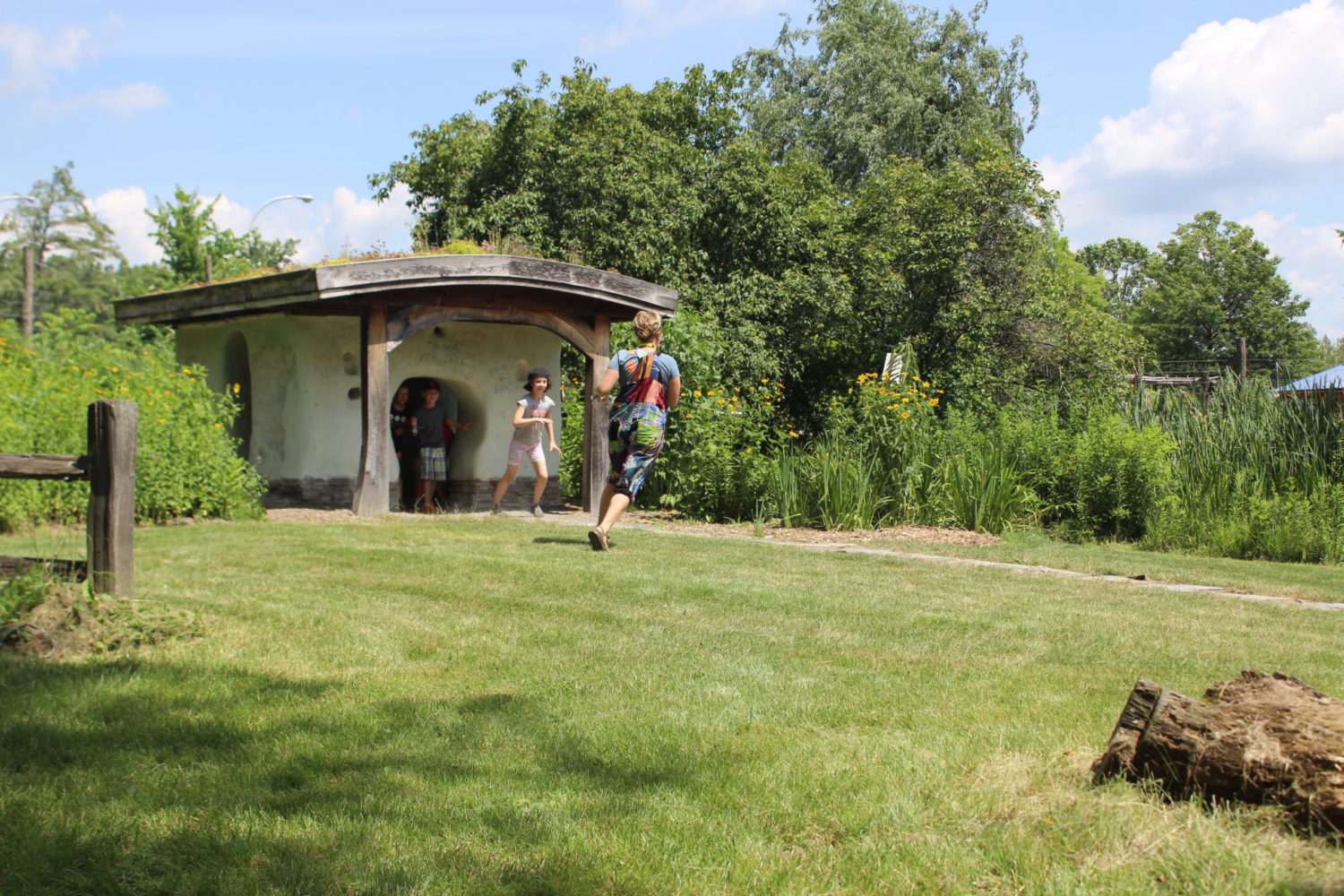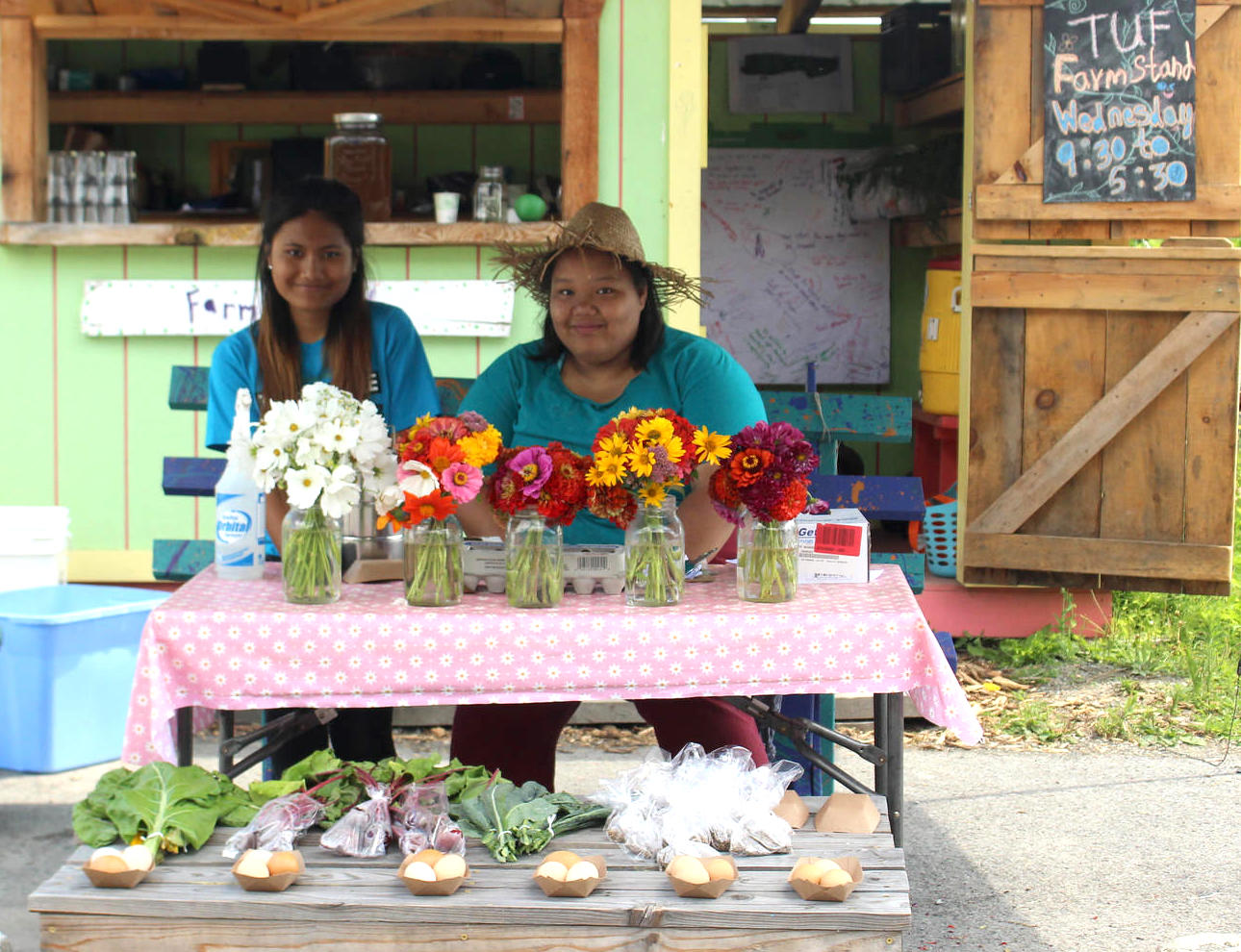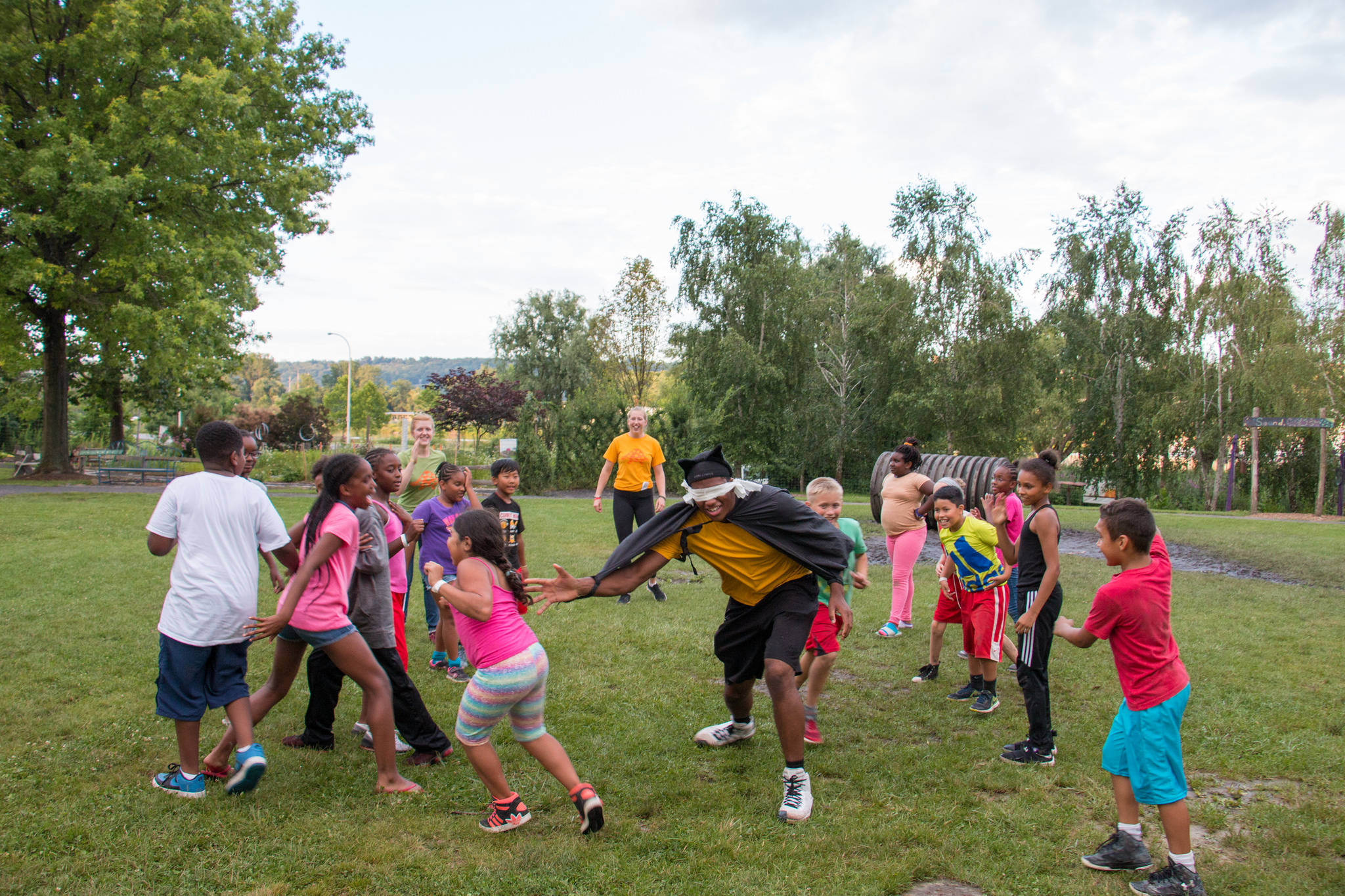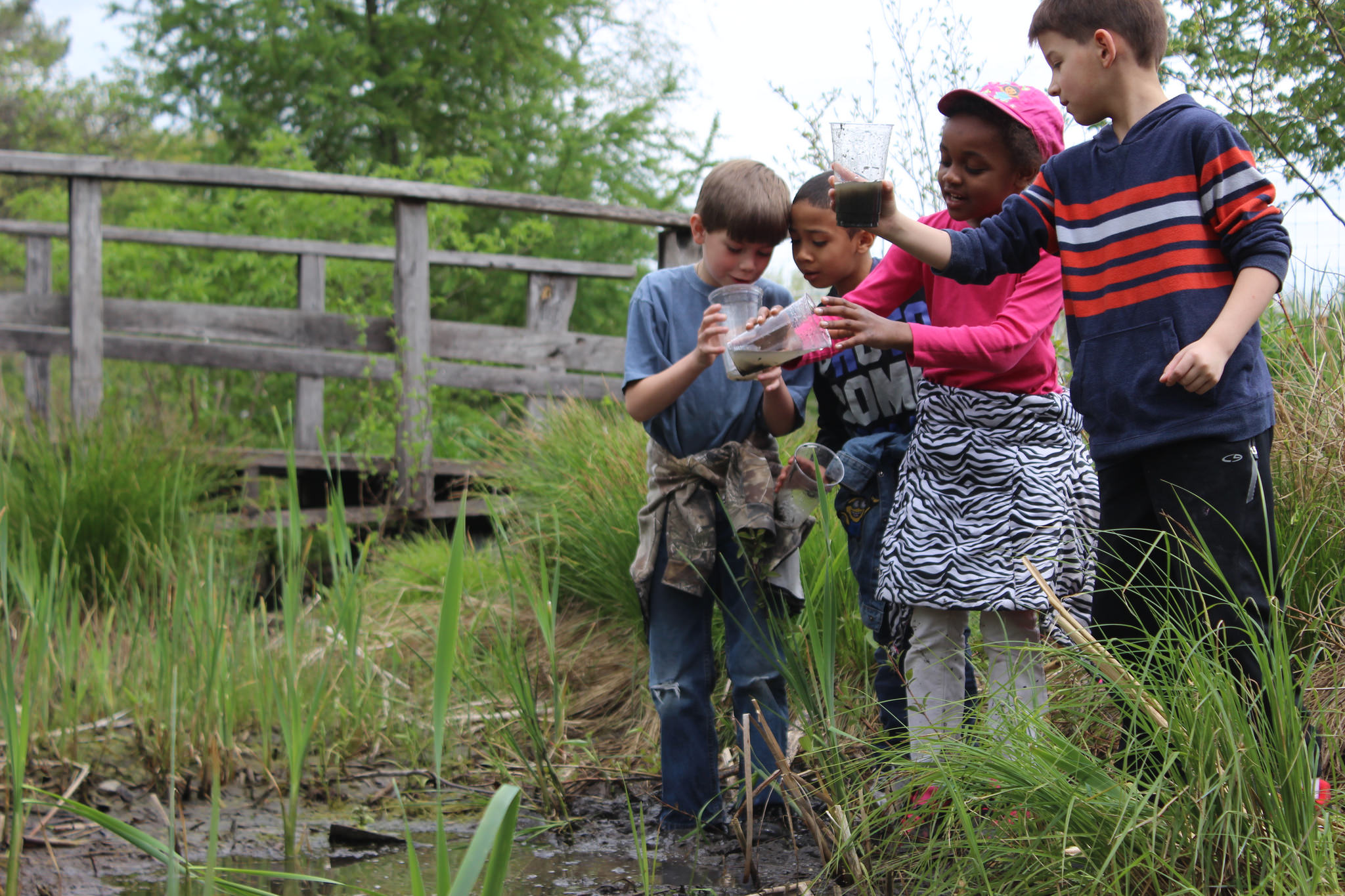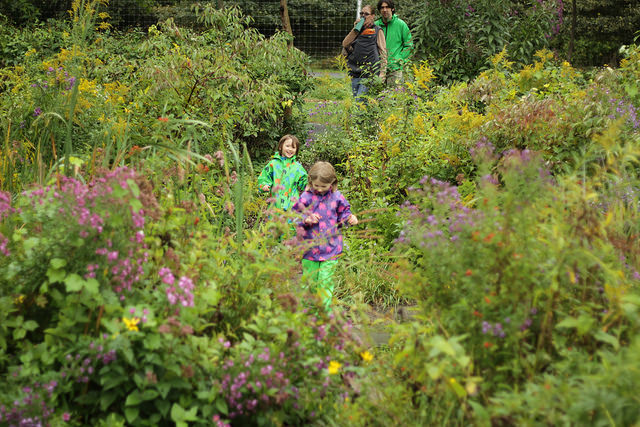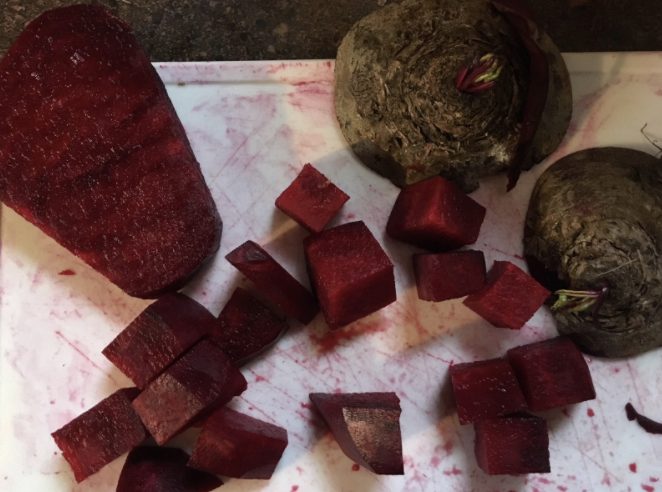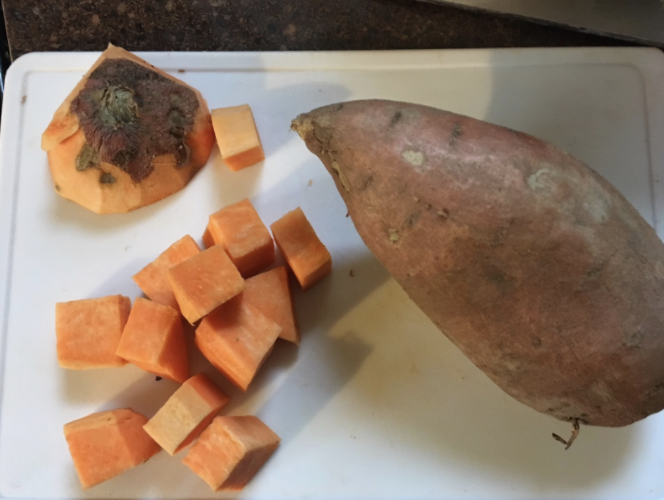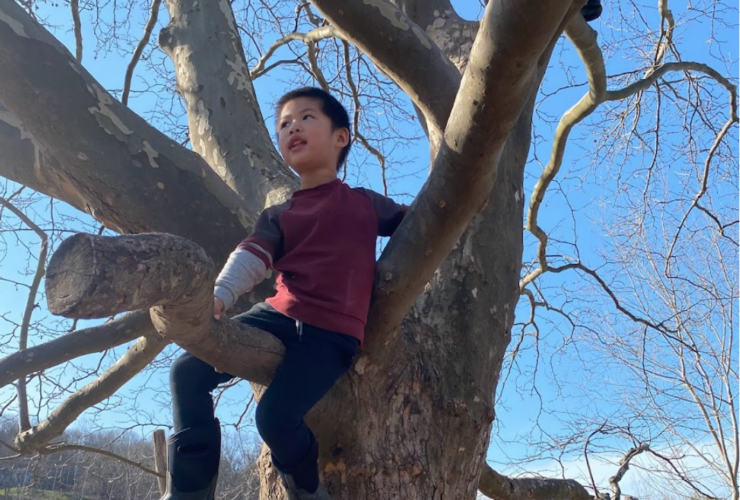Making Vegetable Soup with Louis Ehlert’s Growing Vegetable Soup
One of our favorite books at ICG is Lois Ehlert’s Growing Vegetable Soup. If you don’t have a copy at home or access to the library check out a read aloud on Youtube. You can mute the volume and read it yourself if you prefer. The story starts at the very beginning, from getting your tools ready to garden, to planting seeds, harvesting, and then making soup together. It’s a great way to introduce where some of the foods we eat come from, vegetable gardening, and cooking.
Soup is a great first time cooking project. It’s easy, takes only a few ingredients, and is very versatile. Soup is hard to mess up and an accessible way to try new vegetables. You can use what you have on hand and if you only have a little of something it goes a long way once in the soup. Only have one carrot, no problem, throw it in.
Look around and see what you have on hand. It can be fun to find the little bits and forgotten veggies and turn them into something delicious. Here are some ideas: tomato, cabbage, potato, carrots, rutabaga, peppers, corn, zucchini, onion, herbs, garlic, squash, beans, peas, broccoli, celery, mushrooms, kale, chard
If you have a favorite vegetable soup recipe then go ahead and use it. If you want to keep it simple, here are the basics.
- Fill a large pot with water or broth (vegetable, chicken, any kind you like).
- Gather your materials: cutting board, knife, and all the veggies you are adding.
- If you have a child that’s too young to help cut but still wants to be involved, washing and drying produce is a great, and necessary, job they can help with.
- It’s always good to review knife safety, especially if this is a new skill for your child. See our tips below.
- If you have a size in mind, chop an example for your child so they have a visual guide. Have your children cut up veggies and add to the pot. Soup is super forgiving so don’t sweat it if your pieces are all different sizes.
- Season your soup with bouillon, salt & pepper, and/or herbs to taste.
- Heat soup to a boil, then lower to medium-low heat and cook until veggies are tender.
- If you want to add pasta or grains- heat the soup back to a boil and add them when vegetables become almost tender. (If using leftovers pre-cooked rice or pasta it can go in just a few minutes before serving so they can heat through.)
- Have everyone give the liquid a taste and chime in on seasonings. Does it need more salt or pepper, a bit more herbs? If so, add them in, stir a bit and you’re good to go.
Some tips on teaching knife safety skills:
- Knives are tools (just like hammers, hairbrushes, and spoons). Unlike some tools, knives are sharp and we need to use them safely so we don’t hurt ourselves or others.
- Knives stay with your cutting board or work station. If you need to move away or use your hands for anything else (point at the cool bird out the window, going to the sink to wash your hands, etc), leave the knife on your cutting board.
- Always hold a knife by its handle.
- The sharp part of the blade always points down on the cutting board. No part of your body should ever be under the blade.
- Work slowly and always keep your eye on the blade.
